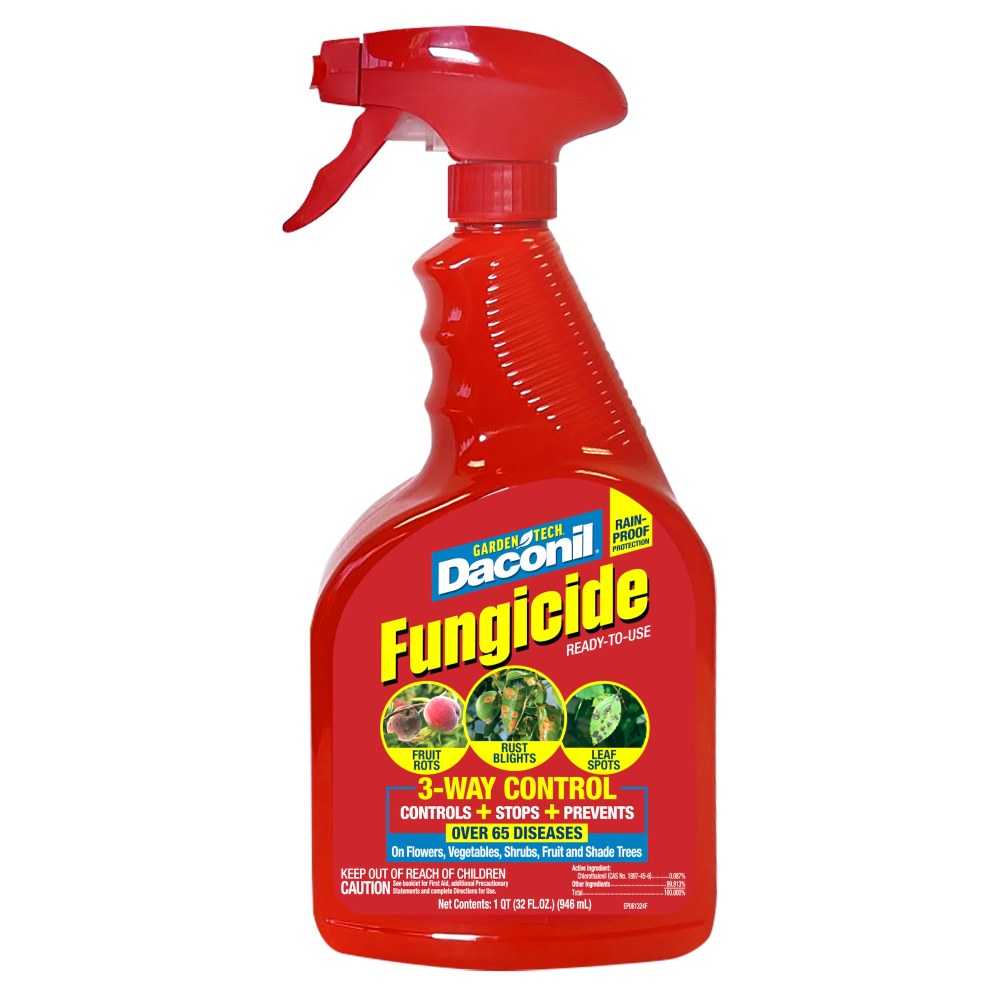Septoria Leaf Spot







Often mistaken for early blight in tomato plants, septoria leaf spot is a common, destructive tomato blight disease. Forms of this disease affect other plants as well, including popular ornamental shrubs and flowers such as dogwoods, hydrangeas, and daisies. As its name suggests, septoria leaf spot hits foliage hardest. Rapid defoliation leads to widespread loss of sunscalded fruit. Though rare, septoria leaf spot can directly infect fruits, too.
Septoria leaf spot typically appears during or after fruit set, but risks exist all season. Most infections start from diseased plant debris overwintered in soil. Spores spread to plants via splashing water from irrigation or rain. Extended periods of moderate warmth and wet, humid conditions create the perfect environment for this fungal pest.
Septoria Leaf Spot Identification/Symptoms: Like early blight, septoria leaf spot occurs first on the lowest plant leaves. As it progresses, it moves upward through the plant. Unlike early blight's large, target-like lesions, septoria leaf spots start small. The numerous circular spots develop gray centers and dark brown edges. Close examination reveals ribbonlike fungi at work. As spots enlarge and join together, affected leaves shrivel, turn brown, and drop.
How to Control Septoria Leaf Spot: Once septoria leaf spot appears in tomatoes, time is of the essence. Remove infected lower leaves to limit the spread to fruit-bearing branches. Then turn to effective treatments such as GardenTech® brand's Daconil® fungicides to protect healthy tissue.
With Daconil® fungicide's three-way protection, you can stop, control, and prevent septoria leaf spot and more than 65 other fungal diseases. Treat tomatoes as soon as weather conditions favor septoria leaf spot, and maintain control with repeat treatments every seven to 10 days. These products treat tomatoes right up to harvest day:
- Daconil® Fungicide Ready-To-Use simplifies targeted treatments for individual plants, container gardens, or small garden areas. Just shake the convenient spray bottle and treat all plant surfaces until thoroughly wet.
- Daconil® Fungicide Concentrate, used with a hose-end, tank-style, or hand-held sprayer, offers an economical option for larger areas. Measure the recommended concentrate amount with the easy-to-use measuring cap, add water, and mix well. Spray plant surfaces to the point of runoff.
Fast-acting Sevin® 3-in-1 Insect, Mite & Disease Control Flower & Shrub Ready To Spray can also treat rust while it fights harmful mites and insect pests.
Septoria Leaf Spot Tip: Good sanitation is critical to controlling septoria leaf spot. Keep your garden free of weeds, which can harbor this disease, and dispose of infected plants and leaves. Never compost septoria-infected foliage; the fungi can survive the compost heap.
Always read product labels thoroughly and follow instructions, including guidelines for treatable plants, application rates and frequencies, and pre-harvest intervals (PHI) for edible crops.
GardenTech is a registered trademark of Gulfstream Home and Garden, Inc.
Daconil is a registered trademark of GB Biosciences Corp.
Photo Credit:
Brenda Kennedy, University of Kentucky, Bugwood.org (CC BY 3.0 US)
Elizabeth Bush, Virginia Polytechnic Institute and State University, Bugwood.org (CC BY 3.0 US)
Clemson University - USDA Cooperative Extension Slide Series, Bugwood.org (CC BY 3.0 US)
C.L. Hodges, USDA Forest Service, Bugwood.org (CC BY 3.0 US)




